9 February 2016
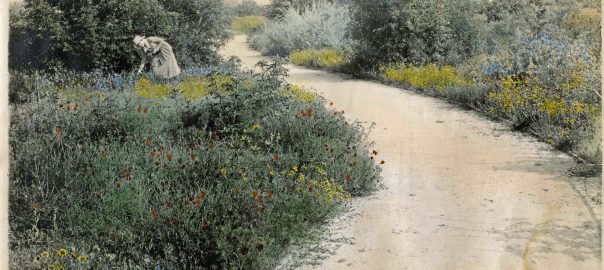
The drought in California over the last few years has been long enough and sufficiently severe to compel mandatory urban water restrictions from the State Water Resources Control Board, an unprecedented policy move. The Board has also required, for the first time in state history, the reporting of per capita...
11 Comment(s)Join our Conversation
8 February 2016
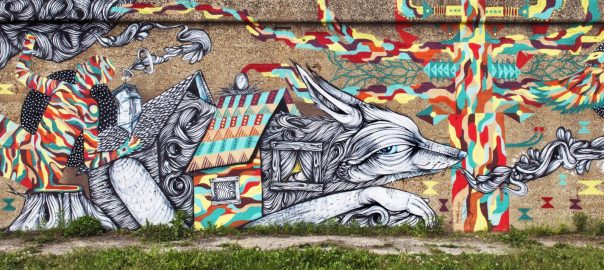
A review of City Creatures: Animal Encounters in the Chicago Wilderness, edited by Gavin Van Horn and Dave Aftandilian. 2015. ISBN: 978-0-226-19289-5. University of Chicago Press. 377 pages. Buy the book. Normally, in these book reviews, I do my best to present a fair, unbiased account of what a book does...
2 Comment(s)Join our Conversation
7 February 2016
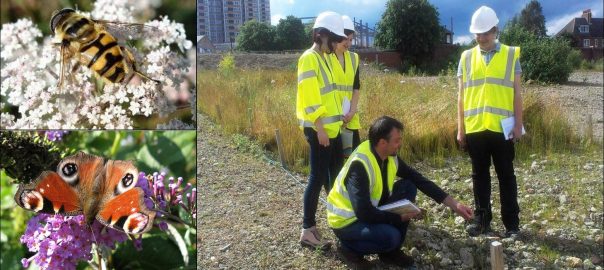
I may have (just) missed the 2015 International Year of Soils, so please forgive me for jumping on the soils bandwagon somewhat belatedly. Before I go further, a disclaimer—I am no expert on soils, having only relatively recently begun working on a multidisciplinary research project on carbon capture in urban...
4 Comment(s)Join our Conversation
4 February 2016
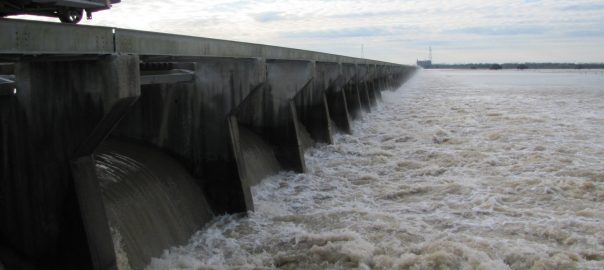
The sustainability and, indeed, future existence of New Orleans and the Mississippi River Delta depends upon a complex choreography of water, bureaucracy and infrastructure. The quandary for New Orleans can be summed up like this: how can we manage North America’s largest river in a way that mitigates seasonal flooding,...
0 Comment(s)Join our Conversation
2 February 2016
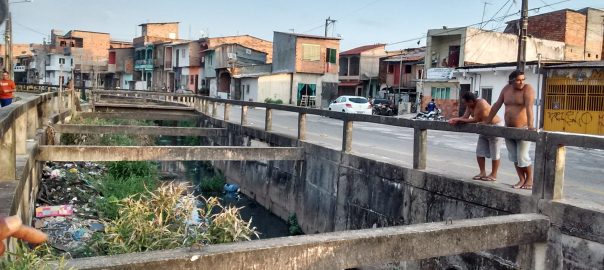
Justifiably, the Amazon region has been at the center of climate change discussions and negotiations since the late 1980s. It is not difficult to explain ‘justifiably’ when one is referring to a region of continental proportions, with unparalleled biological and cultural diversity, and whose biogeochemical cycles and atmospheric circulation processes...
1 Comment(s)Join our Conversation
1 February 2016
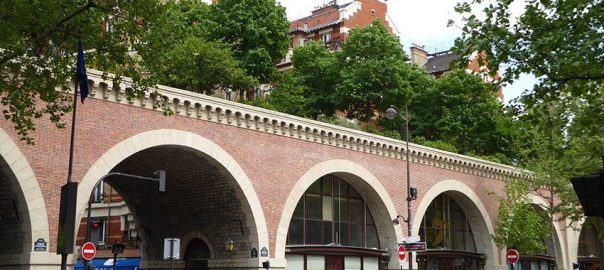
A review of Ecodesign for Cities and Suburbs, by Jonathan Barnett and Larry Beasley. 2015. ISBN: 9781610913393. Island Press, Washington. 280 pages. Buy the book. This book has an unashamedly strong emphasis on the city of Vancouver as a model—a city that has taken a leadership role. “Hundreds of thousands” of...
0 Comment(s)Join our Conversation
31 January 2016
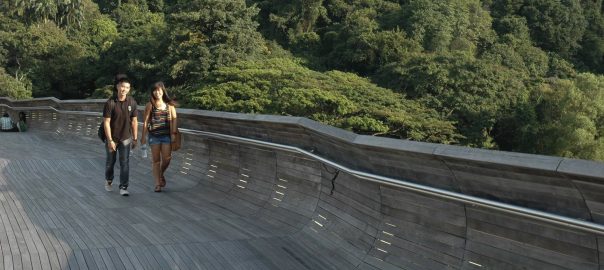
Mindy Fulllilove, Columbia University psychiatrist and author, likens pedestrian pathways and urban trails to arteries in the circulatory system of a city: essential conditions for creating a healthy city. There is much to be said for neighborhoods that are physically connected, and where it is possible to move across a...
3 Comment(s)Join our Conversation
27 January 2016
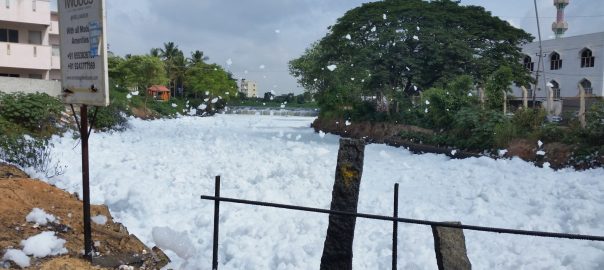
An image of expanding cities is associated, in most people’s minds, with the shrinking and gradual disappearance of urban nature. Yet, as life in cities becomes increasingly stressful and challenging, a gradual revalorization of urban nature is taking place across the cities of the world. The importance of urban nature is...
2 Comment(s)Join our Conversation
25 January 2016
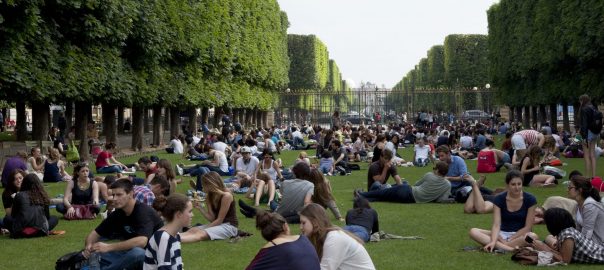
A review of Public Parks: The Key to Livable Communities, by Alexander Garvin. 2010. ISBN: 0393732797. New York, USA: W. W. Norton & Company. 224 pages. And City Parks: Public Places, Private Thoughts, by Catie Marron. 2013. ISBN: 0062231790. New York, USA. Harper. 304 pages. Buy the books. The last part...
1 Comment(s)Join our Conversation
24 January 2016
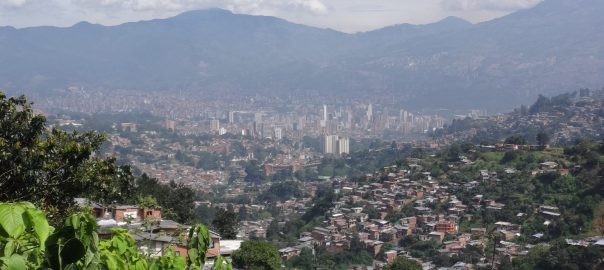
Para leer la versión en español, haga clic aquí. Coexistence between nature and urban is not a matter of experts but a matter directly related to the “civic values.” —De las Rivas What is the shape and formal composition given by designers or people in general to nature in our cities?...
1 Comment(s)Join our Conversation
20 January 2016
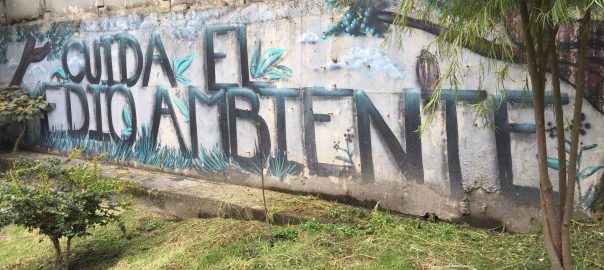
Nature is all around us. Plants, animals, soil, air and water inhabit and animate our daily lives, whether you live in the country or in the city. We are invigorated by nature. We are inspired by its creatures, their beauty, and their existential meaning. We depend on nature’s services and...
2 Comment(s)Join our Conversation
20 January 2016
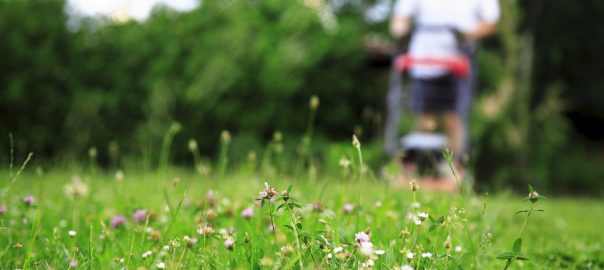
16 Comment(s)
Join our Conversation
16 January 2016
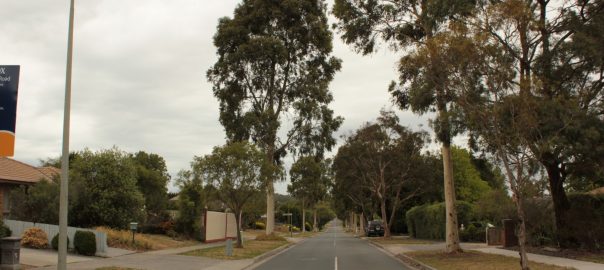
At a time when the importance of trees in cities is gaining attention, the canopy cover of Australian suburbs is decreasing. Local councils’ response is to plant more trees in the public domain, but what of the private domain? A quick glance around many Australian suburbs suggests that residents do...
0 Comment(s)Join our Conversation
16 January 2016
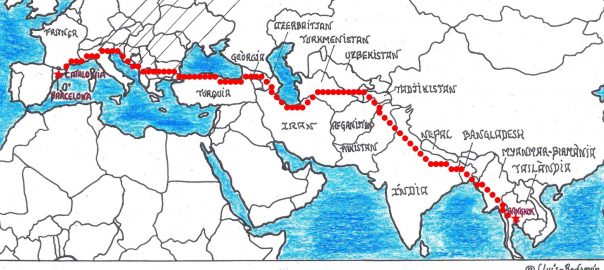
“We live in a fast-paced society. Walking slows us down.” — Robert Sweetgall, walking guru and president of Creative Walking Inc. Walking. It’s a natural, human thing to do. Whether we wander through wide open green spaces or ramble around in cities, the simple act of putting one foot in front of...
2 Comment(s)Join our Conversation
16 January 2016
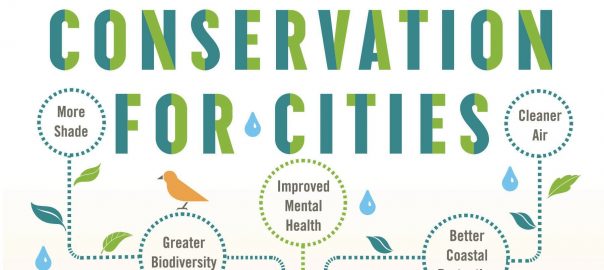
A review of Conservation for Cities How to Plan and Build Natural Infrastructure, by Robert I. McDonald. Island Press, Washington. 2015. ISBN: 9781610915236. 268 pages. Buy the book. In Conservation for Cities, Robert I. McDonald seeks to “guide urban planners, landscape architects, and conservation practitioners trying to figure out how to...
0 Comment(s)Join our Conversation
10 January 2016
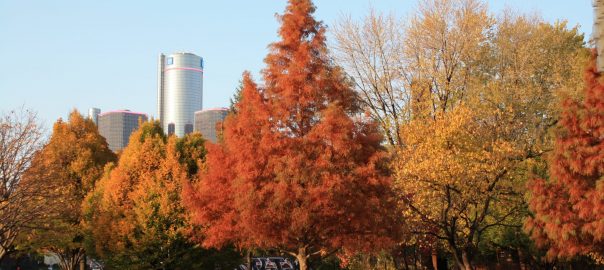
We all know that nature in the urban environment can make our lives as city dwellers infinitely better, but can it create quality of life even for the displaced among us? Winter is here in the city of Detroit, Michigan. It’s cold, and people all over this northern city are...
0 Comment(s)Join our Conversation
7 January 2016
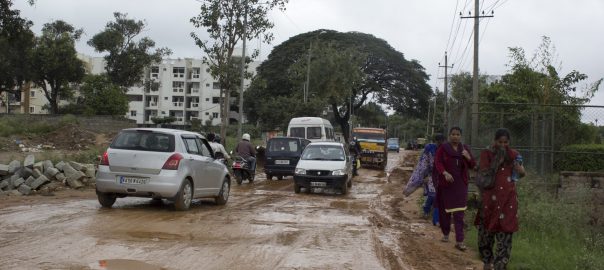
There is growing recognition that cities, which already house more than half the world’s population, require increased policy and development attention. India’s policy response to the need for sustainable, resilient and low-carbon cities is the Smart City mission. According to the Indian Ministry of Urban Development, the mission promotes “cities...
1 Comment(s)Join our Conversation
4 January 2016
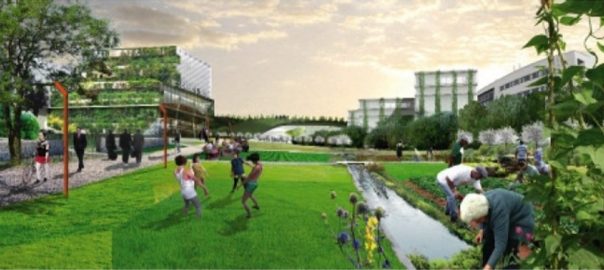
Jane Jacobs critiqued modernist city planning in the now classic book The Death and Life of Great American Cities (1961). This book is now inspiring an urban renaissance. Jacobs proposed that a city must be understood as a system of organized complexity—in other words, as an ecosystem—and that any intervention...
1 Comment(s)Join our Conversation
4 January 2016
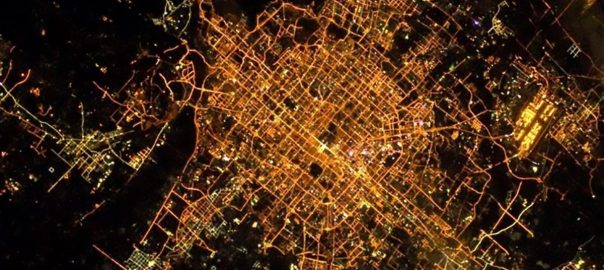
A review of Towards Low Carbon Cities in China: Urban form and greenhouse gas emissions, edited by Sun Sheng Han, Ray Green and Mark Y. Wang. 2015. ISBN: 9780415743310. Routledge, New York. 216 pages. Buy the book. Urban morphology has a great impact on greenhouse gas emissions, a viewpoint supported...
0 Comment(s)Join our Conversation
29 December 2015

Today’s post is offered as a celebration of some of the content from 2015—a taste…a combination of TNOC writing from around the world that is a combination of diverse, widely read, a novel point of view, or somehow disruptive in an useful way. Certainly all 350+ TNOC essays and roundtables are great...
0 Comment(s)Join our Conversation


